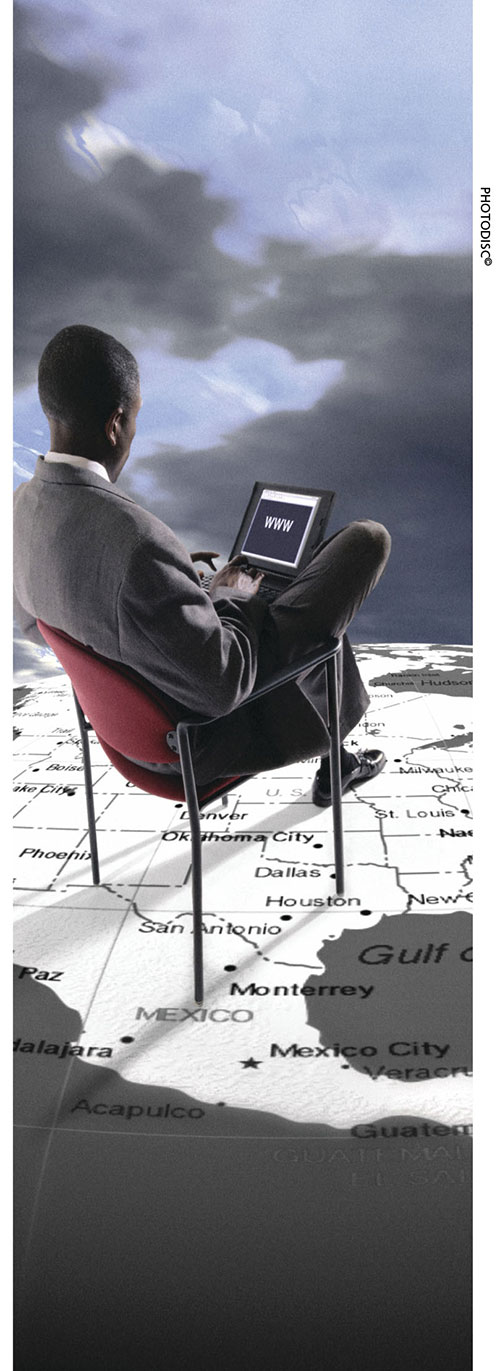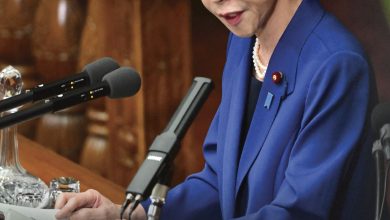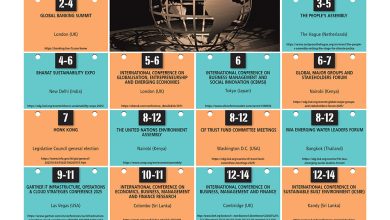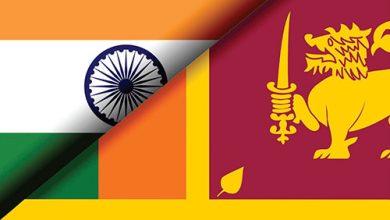NEW FRONTIERS
Fazmina Imamudeen explores our wacky and wonderful world

LITTLE MONSTERS An oddly cute and slightly monstrous looking vinyl figure called Labubu has become one of the most sought after collectibles of late. Its journey from an art toy to a global sensation began with Hong Kong’s long tradition of toy craftsmanship.
In the 1970s and ’80s, its factories were central to toy manufacturing for major brands such as Mattel and Bandai. The industrial base nurtured small, independent studios that experimented with design and production by blending creativity with technical skills.
Out of this culture emerged designer Kasing Lung, who created Labubu alongside Howard Lee’s design house How2Work.
Their early versions were handmade, hand painted and sold in limited batches. When Chinese toy giant Pop Mart partnered with its creators in 2019, Labubu leapt from niche circles to mainstream fame. Its quirky proportions, mischievous grin, and blend of cute and creepy charm struck a universal chord.
Labubu’s success highlights Hong Kong’s enduring influence on toy culture – a bridge between local artistry and global pop appeal. What began as a small batch figure has become an icon of modern collectibles, which shows that craftsmanship, nostalgia and innovation still have the power to move markets.
CLEAN AUSTRALIA Australia is charting a bold course towards a national grid that’s powered entirely by renewable energy – a turning point in the country’s history. The Australian Energy Market Operator (AEMO), which oversees the national electricity domain, says the shift isn’t simply a dream but an inevitable evolution.
Coal power plants are being steadily retired; and in their place wind, solar, hydropower and large-scale battery systems are expanding rapidly. AEMO predicts that around 90 percent of coal generation will be gone by 2035 with the remainder closing down by the end of the decade.
Renewables already make up roughly a third of Australia’s power and on some days, they supply more than three-quarters of national demand.
The challenge now lies in maintaining grid stability for services once provided by the heavy spinning turbines of coal power plants. Engineers are responding with new solutions such as synchronous condensers, upgraded gas turbines and long duration battery storage.
With abundant sunlight, wind resources and widespread rooftop solar, Australia has unique advantages. As coal fades, the nation is crafting a global model for how advanced economies can achieve reliable clean energy.
ELECTRIC FERRARI Ferrari is entering the electric age with its first fully electric vehicle (EV) Elettrica – a model that aims to prove an EV can still feel, sound and drive like a true Ferrari.
Set for release next year, the Elettrica will feature four electric motors that produce over 1,000 horsepower and are powered by a 122 kWh battery capable of more than 500 kilometres of range. It’s expected to accelerate from zero to 100 km/h in only 2.5 seconds, matching Ferrari’s top combustion models for raw performance.
However, what truly sets this car apart is its approach to sound: rather than relying on artificial audio or digital effects, Ferrari has developed an innovative acoustic system that amplifies the car’s natural mechanical tones.
Sensors capture the vibrations and frequencies from the electric motors, then filter and enhance them to create a responsive organic sound that changes with driving intensity.
Ferrari says it’s more than a gimmick and represents a continuation of the brand’s legacy of crafting emotion through engineering, ensuring that even in the silent era of EVs, drivers will experience the thrill and character that define the marque.
NEW TECH OASIS Paraguay is positioning itself as the next major hub for technology in South America by leveraging its unique combination of green energy, young talent and low costs.
Spearheading this vision is Paraguayan entrepreneur Gabriela Cibils, who spent years in Silicon Valley before returning home. She aims to transform the country into a tech powerhouse that’s capable of attracting global giants such as Google and OpenAI.
A key advantage for Paraguay is its abundance of cheap renewable electricity. The Itaipu Dam, one of the world’s largest hydroelectric plants, supplies 90 percent of the nation’s power and a portion of Brazil’s too.
This makes Paraguay the largest exporter of clean energy globally and the steady renewable supply is ideal for energy intensive operations such as AI data centres.
The government is actively supporting the initiative by building a US$ 20 million digital park near the Silvio Pettirossi International Airport, which is Asunción’s main aerodrome. It will host private enterprises, research facilities and a university focussed on technology.
With an average age of 27, Paraguay’s workforce is young, and increasingly trained in software development, coding and robotics. Programmes such as Girls Who Code are helping to close the gender gap in tech.
Despite bureaucratic hurdles, leaders remain optimistic. By combining innovation, education and sustainable infrastructure, Paraguay aims to turn its natural and human resources into a thriving technological ecosystem – potentially South America’s Silicon Valley.






